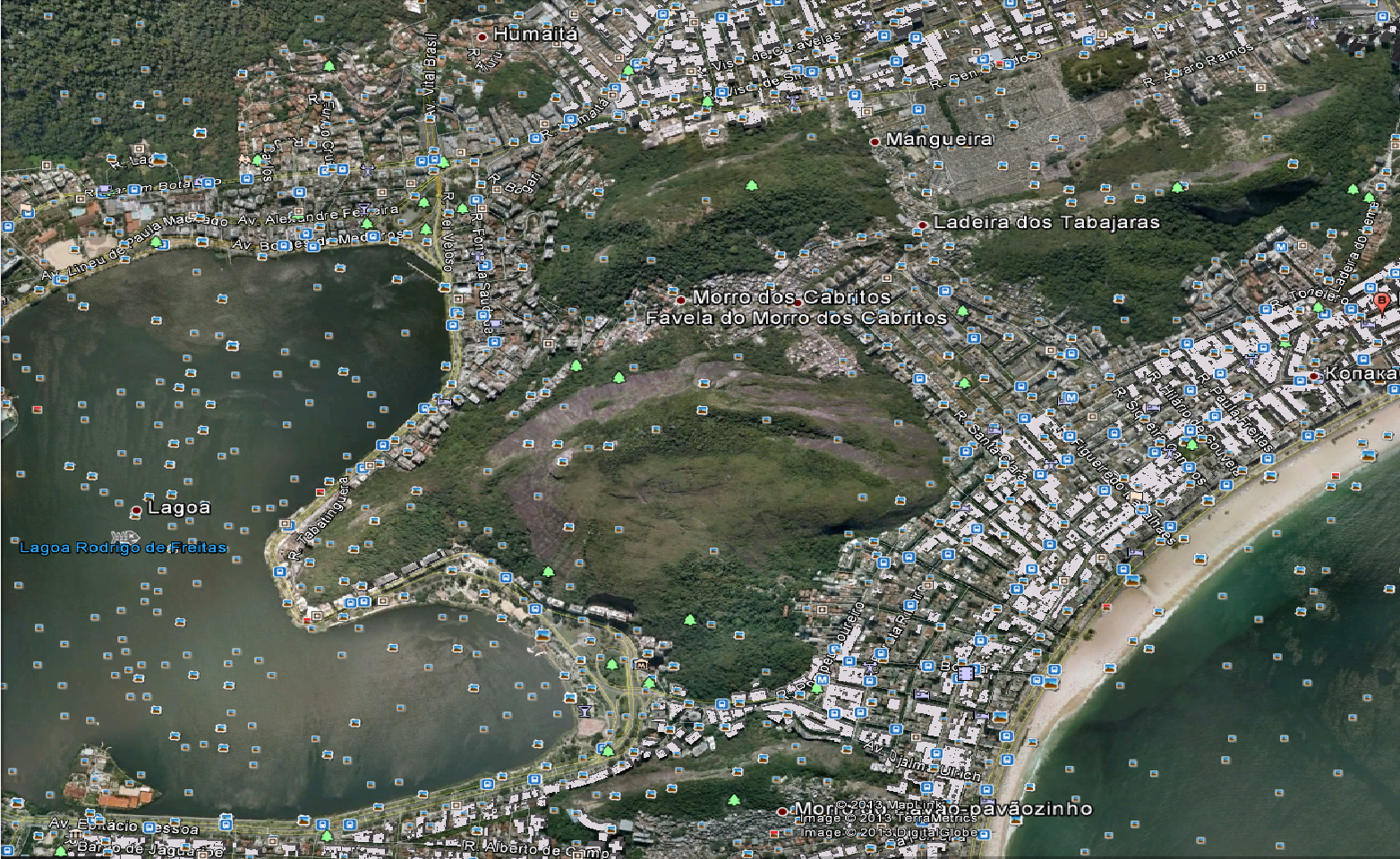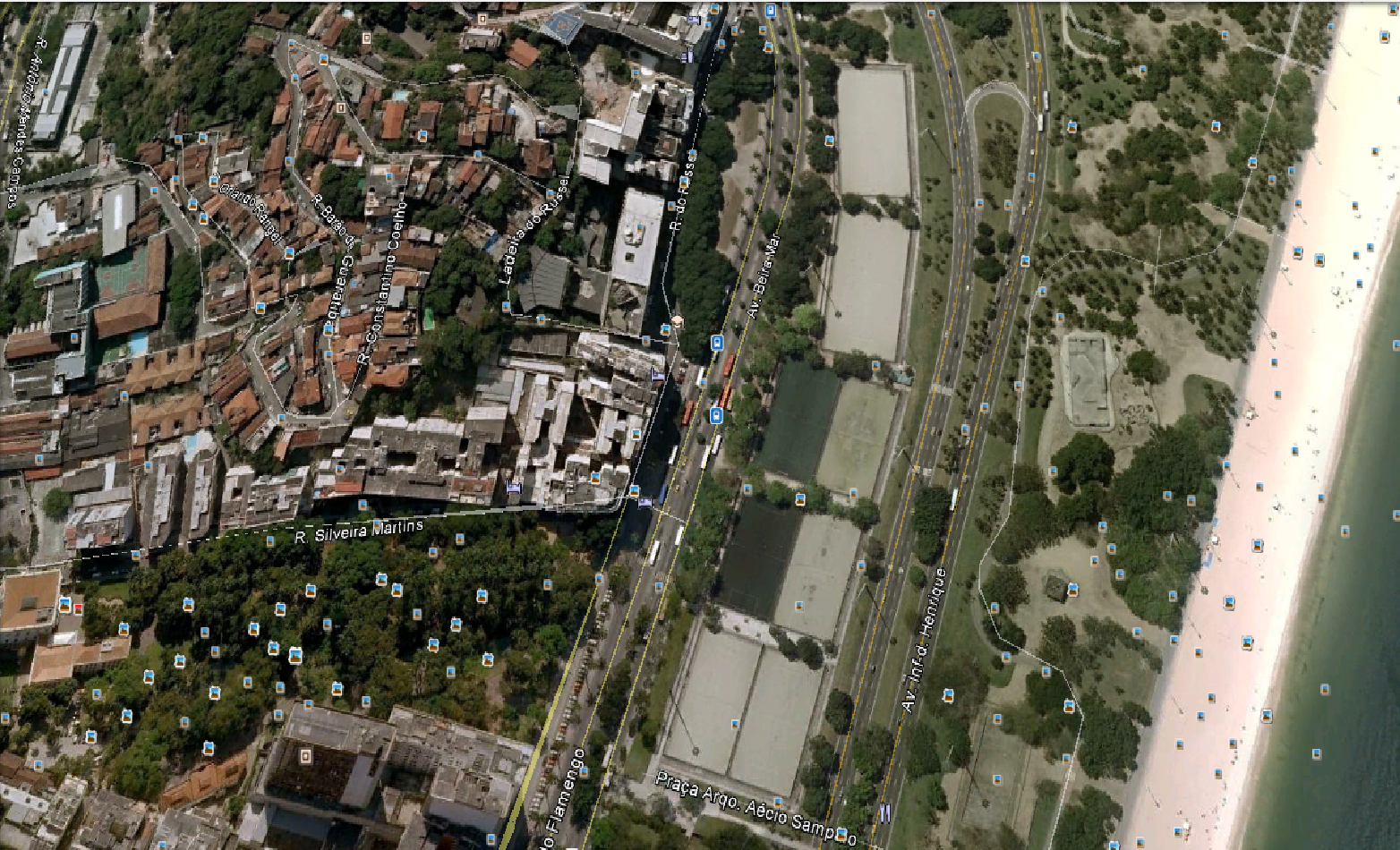There is no secret that in the present-day world, hundreds of species vanish from the face of the Earth completely due to the changes in their habitat. The latter, being spawned by the environmental changes inflicted by people’s activities, requires thorough research. One of the major concerns of the XXI century, the shrinkage of the Atlantic Forest, will inevitably trigger the disappearance of an even greater number of species populations.
To make the matters worse, some of the endangered species in question are nowhere else to be found except for the Atlantic Forest, which means that these animals and plants will be lost for good for the humankind (Mongillo & Zierdt-Warsaw, 2000). With the help of modern technologies, such as Google Earth, one can detect the source of the problem and, therefore, provide an efficient solution to it.
The procedure for acquiring the necessary data is relatively easy. By using the Google Earth Plug-in (Google Planet), one starts the program on the PC, either going to the 3-D model or remaining in the Google Earth view. Below is the image of Rio de Janeiro:

When reconsidering the evidence obtained via Google Earth, one must admit that the given method of acquiring information also has its flaws, the most basic one being the inability to locate the effects that the civilization has on nature. Google Earth shows the total area of the Atlantic Forest in a very graphic way:

The second picture shows that the deforested areas in Rio de Janeiro are increasing rapidly. For instance, the area used for growing coffee crops has shrunken considerably, which can be observed in the picture above. When speaking about deforested tropical areas, one must also mention the coast of Rio and its industrial regions:

In addition, it is relatively easy to spot the line drawn between the natural habitat and the environment created by people:

However, the effect of the latter on the Atlantic Forest is practically unnoticeable in Google Earth. One might argue, however, that by comparing the evidence obtained before the current evidence, one can spot the tendency in Atlantic Forest shrinkage.
According to the existing evidence, creating an artificial environment that will resemble the one in the Atlantic Forest is practically impossible. Due to the specifics of the local climate, as well as the environment, which every single element of a tropical rainforest, starting with a mosquito to the huge, centennial trees, contributes considerably to.
Therefore, the most reasonable solution to the given problem is not to create an artificial environment, but to restore and sustain the Atlantic Forest, making sure that each of its elements is in its place and that people have no effect on its fragile ecosystem.
One of the most efficient solutions for saving the Atlantic Forest species from dying out is to follow the principles of sustainability. Despite the considerable distance between the location and civilization of the rainforests, it is necessary to admit that people’s intrusion into the rainforest ecosystem occurs daily. One of the major problems concerning the relationship between people and nature in this regard is the process of cutting rainforests down.
On the one hand, the process of cutting trees down is inevitable – people need to use natural resources to create the environment in which they can live, i.e., build houses, create furniture and household appliances, not to mention people’s need in paper as one of the integral parts of people’s everyday life.
On the other hand, with the current technological advances, several rainforests could be saved if people used not only wood, but also other materials for furniture, paper, and other life essentials (Palo & Vanhanen, 2000). As the snapshots above show, the areas that used to be the realm of tropical rainforests have been replaced by blocks of flats, numerous hotels, and other buildings. While technological progress must be appreciated, it should not come at the cost of rainforests and the unique nature of the Atlantic Forest.
Considering the areas in question closer, one must admit that the number of rainforests in Rio is dropping quickly. It seems that the city makes almost 80% of the land, which used to be the place where rainforests grew.
Also, if comparing some of the images in the center of the city and some of its remote corners, one will inevitably find out that the amount of rainforests is narrowing down by at least 2% per year. The given phenomenon can be explained by the rapid process of urbanization and the tendency to occupy the entire area of the city with economically valuable objects, ie, offices, hotels, and houses for rent (Gay, 2001).
Therefore, it can be assumed that the endangered species can still be saved. By analyzing the situation with the help of the Google Earth software, one can make sure that the animals and plants inhabiting tropical rainforests will be safe. Also, it is worth keeping in mind that the tropical rainforests also need people’s care and protection from the impact of civilization. That being said, it can be assumed that the tropical life, though being under threat, still can be saved.
Reference List
Gay, K. (2001). Rainforests of the world: A reference book. Santa-Barbara, CA: ABC-CLIO.
Mongillo, J. F. & Zierdt-Warsaw, L. (2000). Encyclopedia of environmental science. Phoenix, AZ: The Oryx Press.
Palo, M. & Vanhanen, H. (2000). World forests: From deforestation to transition? Norwell, MA: Kluwer Academic Publishers.